Flower design has evolved along side of us since Egyptian times, extending across some 125 years. Flower design has changed and moved over the years in the same way fashion has, with each style adding its own unique adaption to the mix. Flower design, as we know it today, stemmed from the amalgamation of the European and Oriental styles. The European style, is usually mass arrangements of flowers in a variety of colours whereas the Oriental style, or line arrangements, tend to be simpler arrangements contain few flowers and basic colours. Here’s a look at how flower design has changed over time and how it has come to create the techniques we know today.
Ancient Civilisations
Egyptian - 2800 BC TO 28 BC
Egyptians used flowers, fruits, and foliage as temple offerings, table decorations and occasionally for garlands or wreaths. Egyptians took a simple approach to flower arrangements and often used a single bud and leaf with repetitive patterns in their designs. Flower stems were rarely shown and flower selection was based off particular meanings associated with their gods. Egyptians also made use of wide rimmed vases with their cut flowers.
Popular flowers during this era: Lotus blossom, roses, violets, jasmine, lilies, narcissus, acacia.
Greek & Roman 600 BC – 325 AD
The Greeks were much more extravagant with their flower use than the Egyptians and they became known for their garlands, wreathes, and for the cornucopia. Flowers were an indication of friendliness and generosity with women often wearing flowers and perfumed garlands in their hair. Wreaths were made by florists, possibly some of the first in history, as flower arrangements became important tributes. For example, winning athletes at the Olympics as well as some military awards were and still are adorned with special wreaths upon the recipient’s head.
The Romans took the same opulence with flowers as the Greeks and used similar styles but with an added a regal touch, as special wreaths were used to adorn Emperors. The Romans were also the first people to start placing flowers on burial grounds, a practice that is still common throughout the world.
Popular flowers during this era: Roses, ivy, oak leaves, larkspur, marigold, and decorative herbs like rosemary, basil, and thyme.
Byzantine - 320-600 AD
Byzantine flower arrangement from the Western Australian Floral Art Society
Picking up where the Romans left off, Byzantium floral design was elaborate and symmetrical and included the use of both flowers, fruits, and foliage. Gold and jewel-toned flowers were favoured and garlands were turned into narrow and long symmetrical and decorative bands. Conical flower designs were also a popular formal arrangement.
Popular flowers during this era: Carnations, cypress, pine, daisies.
China & Japan – 207 AD
Japanese-inspired flower design
Floral design in Asia was an integral part of religious practice and medicine at the time. Buddhists, Taoists, and Confucians all used and placed cut flowers at their altars. Florists at the time were placed in high esteem and flowers have continued to play an integral role in Asian societies from business interactions, holidays, luck, and gift giving.
Chinese flower design focused on linear and almost calligraphy-like focal points. Basket arrangements based on the flower’s symbolism were the most popular arrangements of the time.
Japanese floral design, called Ikebana, has been around since the 7th century. This floral design is all about minimalism, with arrangements often including twigs, branches, or stems. Arrangements were also often placed in some form of pottery.
Popular flowers during this era: Peonies, camellia, narcissus, lilies, bamboo, orchid.
Related: Auspicious Chinese Flowers and Their Meanings
Europe
Medieval - 476-1400 AD
There isn’t a lot known about flower design during this period as few people seemed to take up the practice outside of religious means. What is known has been derived from Persian art and seems to have been influenced by the Chinese style. The art of flower décor and arrangement seemed to hit a major lull during this era which likely influenced the explosion of flower design in the next.
Renaissance - 1400-1600 AD
Small Bouquet of Flowers in a Ceramic Vase (1599) by Jan Brueghel the Elder from Wikipedia
The Renaissance period saw a surge of interest in the arts and in the appreciation of nature. The movement initially started in Italy and spread all across Europe. In flower décor and design, the movement was heavily influence by the Greek and Roman flower designs. Still life paintings of flower arrangements were also immensely popular as the symbolism of the flowers were used to add further depth to the pieces. Flower designs were tall, pyramidal, symmetrically balanced, as well as compact and stiff, with flowers stems rarely seen. It was during this era that Christmas wreaths were introduced, creating a tradition many of us use to this day.
Popular flowers during this era: lily of the valley, violets, wreaths, primroses, carnations, roses, ivy, laurel, dianthus, daisies.
Related: Christmas Traditions in Hong Kong
Baroque - 1600-1775 AD
Hogarthian curved flower arrangement
The lavish style of the Baroque consisted of symmetrical oval shaped designs as well as the development of the Hogarthian curve design. Art and flower design became part of the middle class and was no longer for the just the church or the wealthy. Art and flower design became gaudy and expansive as it spread into people homes. Vases and flower containers needed to be large and sturdy to support arrangements and were often made out of stone or metal.
Flowers popular during this era: marigold, lily, peony, canna, iris, larkspur, tulips, narcissus, hollyhock, and roses.
French Design - 1600–1814
Modern French-styled flower bouquet.
French design went through a variety of changes and styles during this timeframe. Many flower arrangements gave off a soft and fragile appearance. C and S shaped arrangements were popular, with strong triangle arrangements taking prominence during the end at the Empire period.
- French Baroque - Symmetrical designs with no focal point. Floral designs were informal and delicate.
- French Rococo (18th Century) - More formal than those of the Baroque period with arc and crescent-shapes.
- Louis XVI (Late 18th Century) - Cools colours were prominent before the French revolution.
- Empire Period (1804-1814) - Military symbolism was often used in arrangements along with emblems and figures associated with the emperor.
Flowers popular during this era: aster, marigolds, ferns, carnations, pansies, poppies, tulips, roses.
Related: What are French Designed Flower Bouquets?
English Gregorian - 1714-1760
Modern British arrangement of flowers in a vase.
Flowers started to be grown in people’s homes and gardens during this era, with a strong emphasis on fragrance rather than beauty. In terms of design, the aim was to have as many flowers as possible into a vase with little thought to their arrangement making them very informal. Fragrance was emphasised as it was believed to help ward off illness; the nosegay, a small and portable arrangement of flowers, was created during this era for this reason.
Flowers popular during this era: clover, hibiscus, geranium, passion flower, marigold, lily, rose.
Victorian – 1837-1901
Victorian Bouquet by Severin Roesen from Wikipedia
The Victorian era became one of the most memorable areas in floral design for its lasting features and impressions. Floral designs became so lavish that many of the arrangements often overflowed with triangular and circular shaped arrangements being favoured. Strong colours and contrasts were used along with a variety of foliage and fruits. A set of rules called floriography, or the language of flowers, was also strongly enforced during this era. Flowers were carefully selected for their symbolism and meaning to create a flower arrangement that would imbue a person’s feelings.
Popular flowers during this era: Madonna lily, bleeding heart, carnation, dahlia, sweet pea, hydrangea, camellia, lilies, roses.
Related: Language and Meaning of Flowers
Modern Period – 1910 – Present
Modern decorative flower vase.
Victorian style was replaced by the New Art style and it is during this movement when smaller flower bouquets for the home became popular which increased people’s desire to have similar flower arrangements in their home and decor. Today, the new Dutch Style, which emphasises naturalistic garden arrangements have increasingly become popular, as well as a insurgence in hand tied flowers, and making use of tropical materials.
Flowers popular in this era: birds of paradise, tabacum, daisies, roses, orchids, lilies, perennials, eucalyptus.
This is a Hong Kong GGB original 'The History of Floral Design | Ancient Civilisations - Modern | Western - Eastern' blogpost.








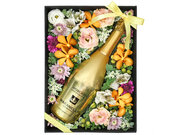

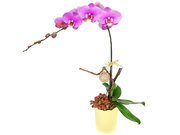

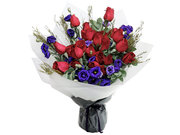
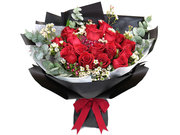
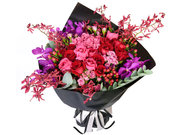
 Share
Share Tweet
Tweet +1
+1  Pin it
Pin it Post
Post  Weibo
Weibo Review
Review

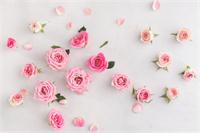
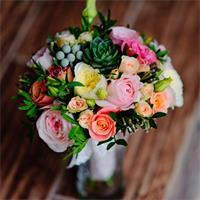
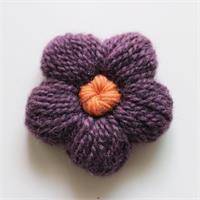
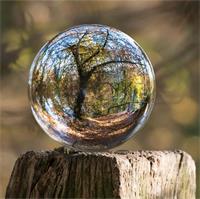

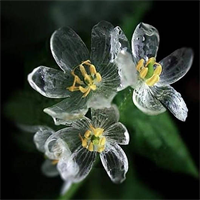
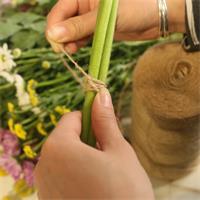
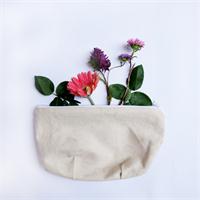



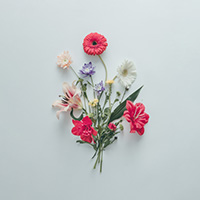
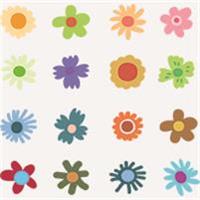
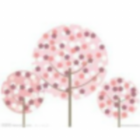




 Diwali Gifts
Diwali Gifts 
 ▶
▶